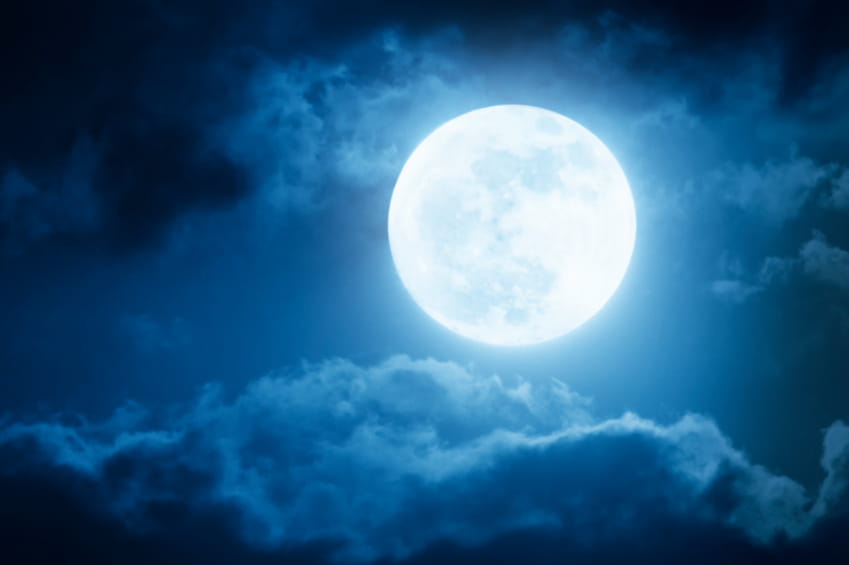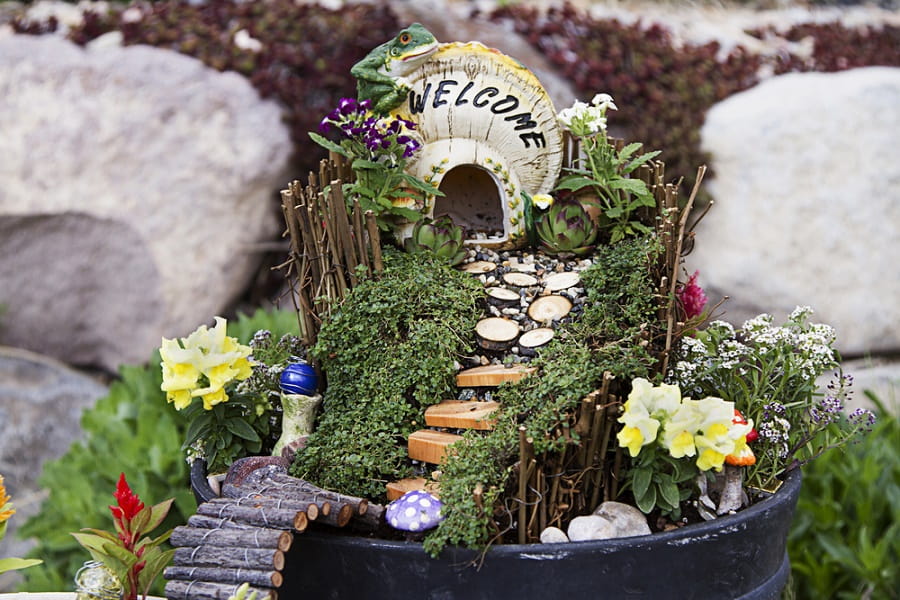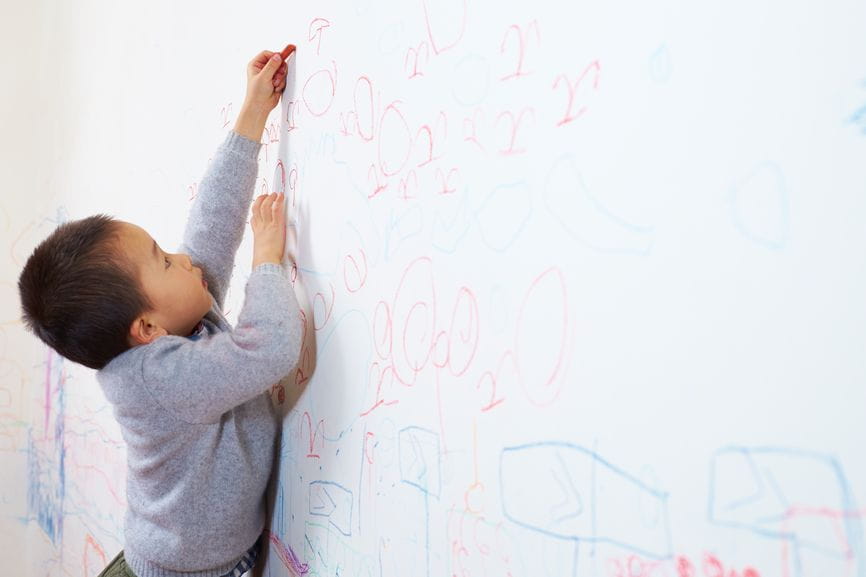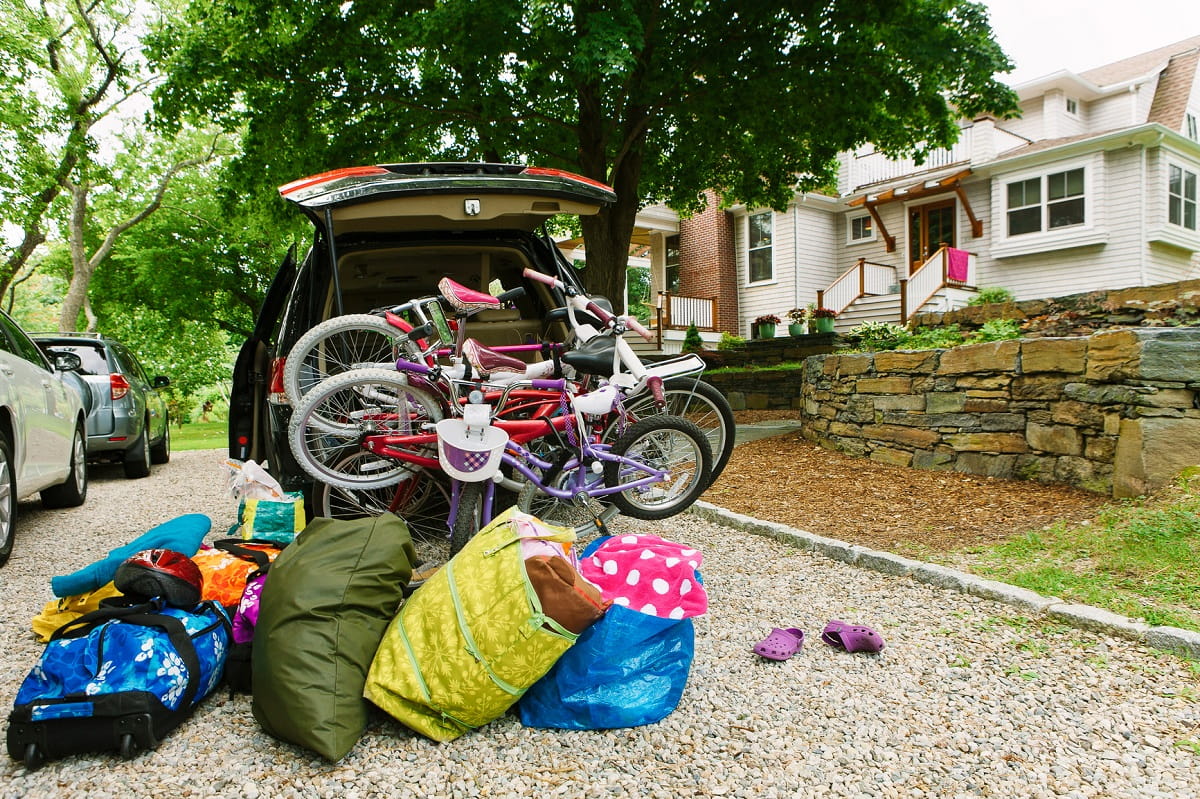Lasso the Moon! Turn Your Child’s Wonder into a Fun Astronomy Lesson

“Mooon! Moooooooon!”
Do you remember the first time your son or daughter discovered the moon, pointed to the sky and started jumping up and down? Children constantly remind us that awe is all around—if only we take time to notice.
The moon, especially, captures children’s imaginations. We as parents can encourage discovery, passion and be an engaged guide to the world. The best night to get started investigating the moon: A full moon! Here are a few ways to celebrate the wonder of Earth’s only natural satellite with your budding explorer:
- Weather allowing, take a moonlit walk or peek out the window and gaze up at the brightest light in our night sky. Even if the moon is covered by clouds, it’s a great way to talk about the sky. Ask your child, “What does the moon look like tonight? Can we see it? Where is it?”
- Read books about the moon, such as Goodnight Moon and Papa, Please Get the Moon for Me. As you’re reading the book, ask your child questions about what she sees on the page. You can add shape words, such as circle or a crescent.
- We all have a great moon memory, a night that the moon made us gasp. Perhaps it was a reddish harvest moon, an eclipse, or watching the glowing orb rise above the line of the ocean. Tell your child the story and how the moon made you feel that night.
- Some children may be ready for more vocabulary words (and, er, you may need to re-learn the words yourself). When the bright part of the moon is getting bigger, the moon is waxing. When the bright part is getting smaller, the moon is waning. When the Moon is more than half-lit, it is called a gibbous moon. When the moon is less than half-lit, it is called a crescent moon.
- Depending on your child’s age, you can help him make a Moon Journal: 1) Cut 29 circles from construction paper. 2) Staple the circles on one side to create a book. 3) On the first circle, have your child paint or decorate the cover. (You can also print out a blank calendar page on the computer and draw an empty circle on each day.) 4) Each night, help your child shade in their journal or calendar to represent how the moon looks that night. 5) After 28 days, or a “lunar month,” the moon journal will be filled with all of the phases of the moon!
- Too cloudy to see the moon? Use NASA’s handy Dial-a-Moon chart. (It’s very cool and lets children see what the surface of the moon looks like.)




